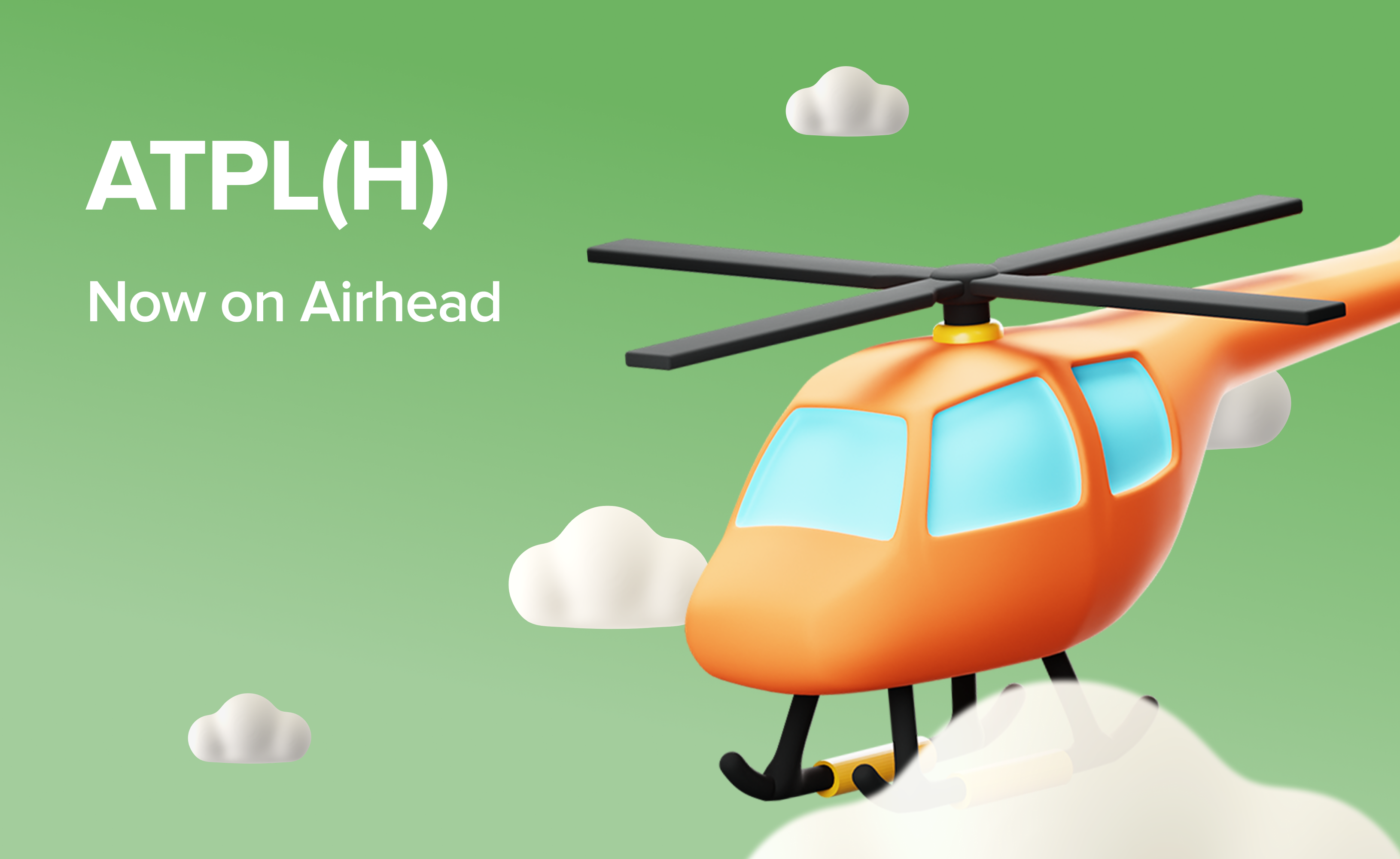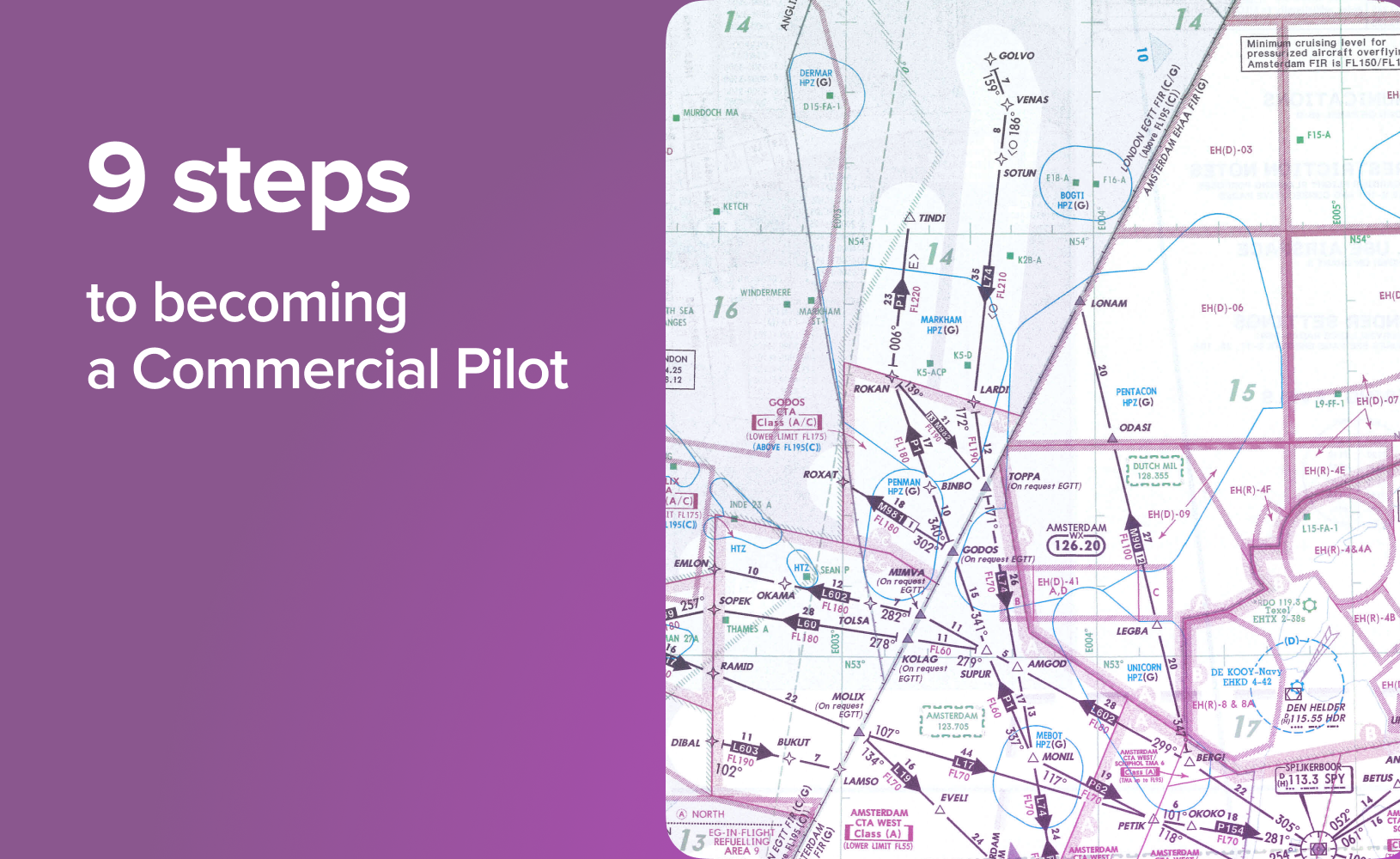World's Flight Trainer: The Cessna 172 Story

For countless pilots, the Cessna 172 Skyhawk wasn’t just an aircraft — it was their first true aviation love. This legendary trainer has shaped generations of aviators, serving as the stepping stone from student pilot to captain. Whether it's the thrill of a first solo flight or the confidence gained through hours of training, the Skyhawk has been there for it all.
Since its debut in 1956, the Cessna 172 has become the most-produced aircraft in history, with over 40,000 still flying today. While Beechcraft Musketeer and Piper Cherokee have faded into aviation history, the Skyhawk endures, standing as a testament to simplicity, reliability, and timeless design.

From flight schools to charter services, from weekend flyers to future airline captains, the high-wing, four-seat, single-engine Skyhawk remains the backbone of general aviation. It’s affordable, forgiving, and endlessly dependable — everything a pilot could ask for in a first aircraft.
This is the story of the world’s greatest flight trainer — the aircraft that has given wings to more dreams than any other. Let’s explore what makes the Cessna 172 an enduring icon in aviation.
Live your pilot dreams with our ultimate bucket list of 10 must-fly aircraft. Check them out here.
The Birth of a Legend

The Cessna 172 evolved from the Cessna 170, a rugged taildragger known for its reliability. But as aviation progressed, pilots and flight schools were looking for something easier to handle on the ground and in the air. So, in 1955, Cessna engineers made a bold move: they replaced the tailwheel with a tricycle landing gear, making take-offs, landings, and taxiing significantly smoother. The result? The Cessna 172 was born. It would change flight training for generations.
From Taildragger to Skyhawk
The earliest Cessna 172s closely resembled their Cessna 170 predecessor, with a straight tail and conventional features. However, in 1960, Cessna introduced a swept-back tail, improving aerodynamics and giving the aircraft its now-iconic look. The high-wing design remained, offering excellent stability and visibility, making it the perfect choice for students and instructors.
Explore the rich history of aviation at these 12 must-see museums across Europe. Plan your visit with our blog, Wings of History.

In 1961, Cessna decided to create a deluxe version of the 172 — something with more features and a premium feel. This model was named the Skyhawk, setting it apart from the standard variant. Although the name originally applied only to the upgraded model, today, most people refer to all Cessna 172s as Skyhawks, regardless of trim level.
Designed for Stability and Ease of Flight
One key reason the Cessna 172 became the ultimate trainer is its high-wing design, which offers several advantages.
Better stability—The aircraft naturally returns to level flight, making it more forgiving.
Improved visibility – Pilots have an unobstructed view below, perfect for navigation and landing approaches.
Ground handling comfort – The tricycle gear prevents nose-over tendencies common in taildraggers.
The First Cessna 172

The first Cessna 172 came equipped with a Continental O-300, 145-horsepower six-cylinder engine, giving it a maximum gross weight of 2,200 lbs (998 kg). Its base price in 1956 was just $8,995, and over 4,195 units were built in the first five years.
Discover the legacy of flight training with our guide to 8 iconic trainer aircraft, the planes that have shaped generations of pilots.
Longest Flight Record

In 1958 the Cessna 172 became the star of one of aviation’s most extraordinary endurance feats. For an incredible 64 days, 22 hours, and 19 minutes, pilots Bob Timm and John Cook kept their Cessna 172 aloft, setting a world record that still stands today.
Surprisingly, this record-breaking flight wasn’t an aerospace experiment — it was a publicity stunt. Bob Timm, a former bomber pilot and slot machine mechanic at Las Vegas’ Hacienda Casino, pitched the idea to his boss, thinking a long-endurance flight could promote the casino. With $100,000 in funding, the mission was on.
Longest Flight in Cessna 172
For the challenge, the Cessna 172 underwent significant modifications. A 95-gallon belly fuel tank, complete with an electric transfer pump, was installed to replenish the wing tanks in flight. An innovative oil-changing system enabled maintenance without engine shutdown. Furthermore, a specially designed refuelling platform enabled pilots to safely extend outside the aircraft for mid-air refuelling.
Refuelling was a precise and dangerous operation. Twice a day, the Cessna flew low over a straight stretch of road where a chase truck carrying fuel waited. A winch system pulled up a hose, allowing them to fill the belly tank in just three minutes. This same system was used to transfer supplies — food, water, towels, and even shaving kits — to keep the pilots going.

The pair lived in the tiny cockpit with only four hours of sleep per shift. They ate specially prepared meals from the casino, used a camp toilet over uninhabited desert areas, and passed the time reading comics or counting cars on the highways below.
On February 7, 1959, after covering 150,000 miles, the Cessna 172 finally landed at McCarran Field, Las Vegas. The pilots had to be helped out of the aircraft, their bodies weak from the gruelling experience.

The plane now hangs in McCarran International Airport. Note the sliding door on the co-pilot’s side, and the belly tank underneath.
The record-breaking Hacienda Cessna 172 remains one of the most impressive endurance flights. Next, let’s dive into how this legendary aircraft became a global icon in flight training.
Your first solo flight is closer than you think. Learn how to prepare for this milestone and succeed in your flight training.

The World’s Favourite Trainer
If you're a student pilot in the UK or Europe, the Cessna 172 Skyhawk might be your first flying experience. And like a first love, you'll never forget the aircraft that took you from being an aspiring pilot to someone who could fly professionally.
With over 44,000 units built since its introduction in 1956, the Cessna 172 is the most-produced aircraft in history. It’s a staple in more than 150 countries, making it one of the most recognisable aeroplanes in the world. More than 50% of flight schools use the Skyhawk as their primary training aircraft.

What makes the Skyhawk such an ideal trainer? One of its standout features is its high-wing design, which gives student pilots optimal visibility and provides a natural sense of stability. Another key advantage of the Cessna 172 is its ability to take off from short runways and handle less-than-ideal conditions. Its simple yet robust construction means it can be serviced almost anywhere, making it a practical choice not just for flight schools but also for private owners and charter operations.


The tricycle landing gear — a major improvement over its taildragger predecessor — made ground handling and landings significantly easier, reducing the risk of mishaps for beginners. This workhorse with wings can carry decent payloads while remaining forgiving, stable, and easy to control — all essential qualities for building a student pilot’s confidence.
Build a solid foundation for your Aircraft General Knowledge studies with our blog From Nose to Tail: Aircraft Parts and Their Functions. We break down aircraft components.
More Than a Trainer

With its ability to fly slowly and steadily for extended periods, the Cessna 172 is frequently used for aerial surveying and intelligence missions. The aircraft can be modified to carry infrared cameras, searchlights, and communication systems, supporting law enforcement, environmental monitoring, and even wildlife conservation efforts.

Few trainers can boast an aviation legacy that extends to aerospace research, but the Cessna 172 can. NASA has used specially modified versions for aerodynamic testing, avionics trials, and even as chase planes for experimental aircraft.
Due to its steady flight, the aircraft is widely used for calibrating ATC radar systems. NASA Tests. Law enforcement agencies also use modified 172s for border patrol, traffic monitoring, and search-and-rescue operations, taking advantage of its fuel efficiency and ease of operation.

Skydiving schools around Europe favour the Cessna 172 for its ability to take off and land on short runways. With modifications, including removing seats and adding a roll-up jump door, it becomes a reliable skydiving aircraft, frequently used for training and recreational jumps.
These planes are massive! Take a tour of the top 5 biggest aircraft ever made from our blog.
Blending Tradition with Innovation

Since its debut, the Cessna 172 has seen nearly 23 different variants, each refining and improving its design. From upgraded avionics to more fuel-efficient engines, the Skyhawk continues to evolve. The latest models feature:
Garmin G1000 NXi Glass Cockpit – Advanced avionics improve situational awareness with high-resolution displays, synthetic vision, and real-time traffic and weather updates.
LED Lighting – Brighter, longer-lasting, and more energy-efficient for better visibility and safety.
USB Charging Ports – Every seat is equipped with charging capabilities, keeping pilots and passengers connected.
Power Headset Jacks – Enhanced communication and noise reduction for improved pilot comfort on long flights.
Improved Cabin Materials – More durable and stylish interiors provide a comfortable, modern flying experience.

These upgrades make the Cessna 172 more appealing than ever, ensuring that this aviation icon remains the first choice for flight training and personal flying well into the future.
Avoid common pitfalls and soar higher with our guide to 11 mistakes to steer clear of.
The Price of a Cessna 172

The price of a Cessna 172 Skyhawk depends on factors like age, flight hours, condition, and avionics upgrades. Older models with modern avionics can retain or even surpass their original value, while brand-new aircraft come with the latest safety and performance features.
New Cessna 172 Skyhawk (2024 model) – Approx. £420,000
Used Models – Prices range from £80,000 to £300,000, depending on condition and avionics.
Despite the cost, the Skyhawk remains one of the best investments in aviation — whether for student pilots, private owners, or flight schools looking for a reliable, easy-to-maintain, and highly capable aircraft.

The Wings That Lift Dreams
Decades after its first takeoff, it remains a cornerstone of general aviation, evolving with cutting-edge avionics and modern enhancements while staying true to the simplicity and reliability that made it great.
For those who have trained in one, the Cessna 172 Skyhawk is their first love in aviation, the aircraft that gave them wings. And for those yet to climb into its cockpit, it stands ready, as it always has, to guide the next generation of pilots toward the endless horizon.


































